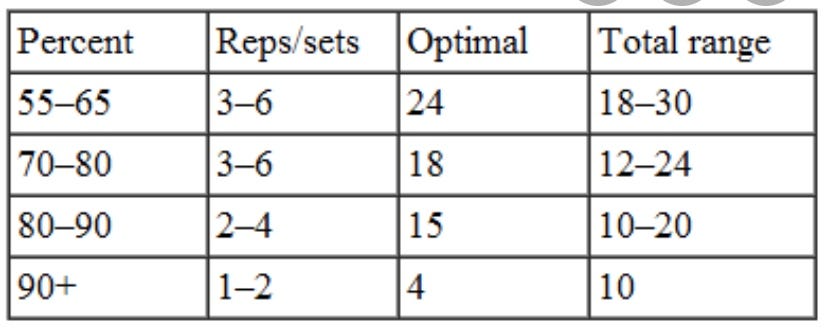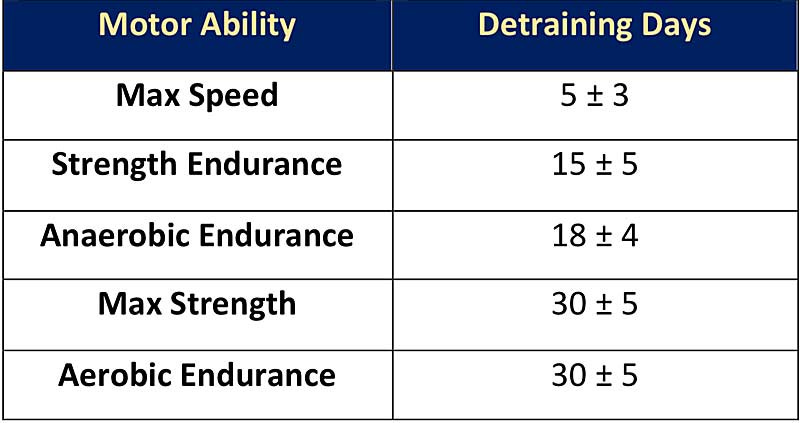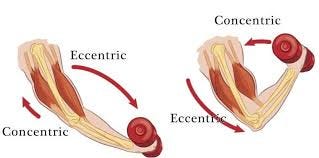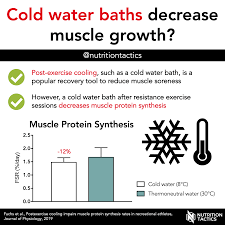I had a client recently ask me this question and I realized it’s a common one that should be addressed in more detail. There are several factors at play but let’s begin with adjusting your expectations. If you’re training hard, you will always be sore. There may be days or even a week where you may not be sore. However, as your training progresses you’ll find yourself sore once again. This is totally normal.
Clients often think soreness is something only a beginner trainee will experience, get it in your head right now that it’s something you’ll always deal with to some degree. Soreness will typically peak two days after your session. Being sore the day after training is normal as well and it may even persist to a third day. Arguably, if you are sore for three or more days than you either did too much work, you’re out of shape, not acclimated to the modality you trained with, or simply you’re just under recovering after training.
Delayed onset muscle soreness (DOMS) is the term thrown around to describe the delayed nature of peak soreness. Let’s get into the meat and potatoes of why you’re so darn sore all the time.
Why Am I Sore After Working Out?
Before I get into specifics I want to point out that the reasons below are all interrelated and share similarities. The better shape you’re in, the better adapted your body is to tolerate work and recover from it.
1.) Too much Volume
It’s the dose that makes the poison. Apple seeds have cyanide, but eating an apple seed won’t kill you. Bench pressing is great. Doing 30 heavy sets of it in a day is likely not the best idea for most people (or anybody). ‘You don’t want to train minimally, you don’t want to train maximally, train optimally.’ Contrary to what some fitness influence that probably can’t even break parallel on a body weight squat told you, there are right and wrong ways to train.

Managing volume and load is an important factor to progress but also to make sure you’re not smashed and unable to train for an entire week. Only do as much as you can handle, there is an art and a science to figuring out what that is for you. For hypertrophy I recommend 10-20 sets per week per muscle group. For strength it can range from 3 to 8 sets depending on your experience and how you’re training. As always, the annoying answer until I have more context about your situation is “it depends”. If you don’t know where to start, start with too little and work your way up by adding a set or two each week.
2.) You’re out of Shape
If you’re new to training or coming off a hiatus from training then it’s fair to assume you’re out of shape. Don’t assume just because you jog that you’re “in shape” to lift weights or vice versa. Lifting weights and cardiovascular activities require different energy systems, muscle groups, and fibers. It may all just seem like exercise to you, but the internal physiology (enzymes, endocrine & nervous system, etc.) is very different between these activities.
It doesn’t take long to detrain. You begin to start detrained roughly after 72-96 hours. This means after 3 to 4 days you begin to lose fitness in some aspect. Endurance qualities hold the longest while speed and power will dissipate quickest (days instead of a couple of weeks). The greater fitness achieved from training will not stay with you forever, it needs to be continually trained.
3.) You’re Under Recovered
Nutrition and sleep are key here. I hate beating this dead horse but if you’re not sleeping enough, eating too little protein, eating energy dense & micronutrient poor foods, it’s going to be an uphill battle. Training doesn’t make you stronger; it actually makes you weaker. Recovering from training results in building muscle and neurological improvements that in turn make you stronger. Without proper recovery you may just be wasting your time doing too much work or not enough.
Stress is also an important factor to consider. If you believe training is beating you down and training itself is stressful, you likely won’t recover as well as somebody that doesn’t perceive it to be stressful on their body or mind. It’s weird, but I’ve seen it first hand. Your thoughts are powerful and can heavily influence your training and recovery from it.
4.) Eccentric Loading
Eccentric (lowering phase of a lift) loading causes the most muscle damage. Simply going slower on the way down of a movement will most likely make you more sore. This can either be mitigated by using a controlled tempo that isn’t super slow or reducing the amount of eccentric loading you perform at the start of a program. This is also what makes tools like the sled and battle ropes great tools for conditioning the body. They are both concentric (upward lifting phase) only based movements so they will not cause as much muscle damage.
Recovery Modalities
Biohackers are going to get triggered by this but I don’t believe massages and ice baths are the answer here. Get in better shape. The only way to move lymph through the body and increase nutrient delivery is through muscle contraction. If you’re sore you shouldn’t just sit on the couch, you need to move. Get the blood pumping and get your body use to work. Ice has actually been shown to decrease muscle protein synthesis. There are of course exceptions, if you train multiple times a day it can be a useful tool but for most people if they were just in better shape and not so damn lazy they would be better off.
General physical preparation is key to improving your bodies capacity to handle more work and in turn not get extremely sore from training. Do high repetitions (15 or more) for 3 to 5 sets with light weights at the start of your training plan to build a good base. If squats made you sore, do more squats the next day at a light intensity so the exact same working muscles can be infused with fresh blood and nutrients. Your body will thank you.







I like the soreness - tells me I worked hard. When I’m not sore I feel I missed out on an opportunity.